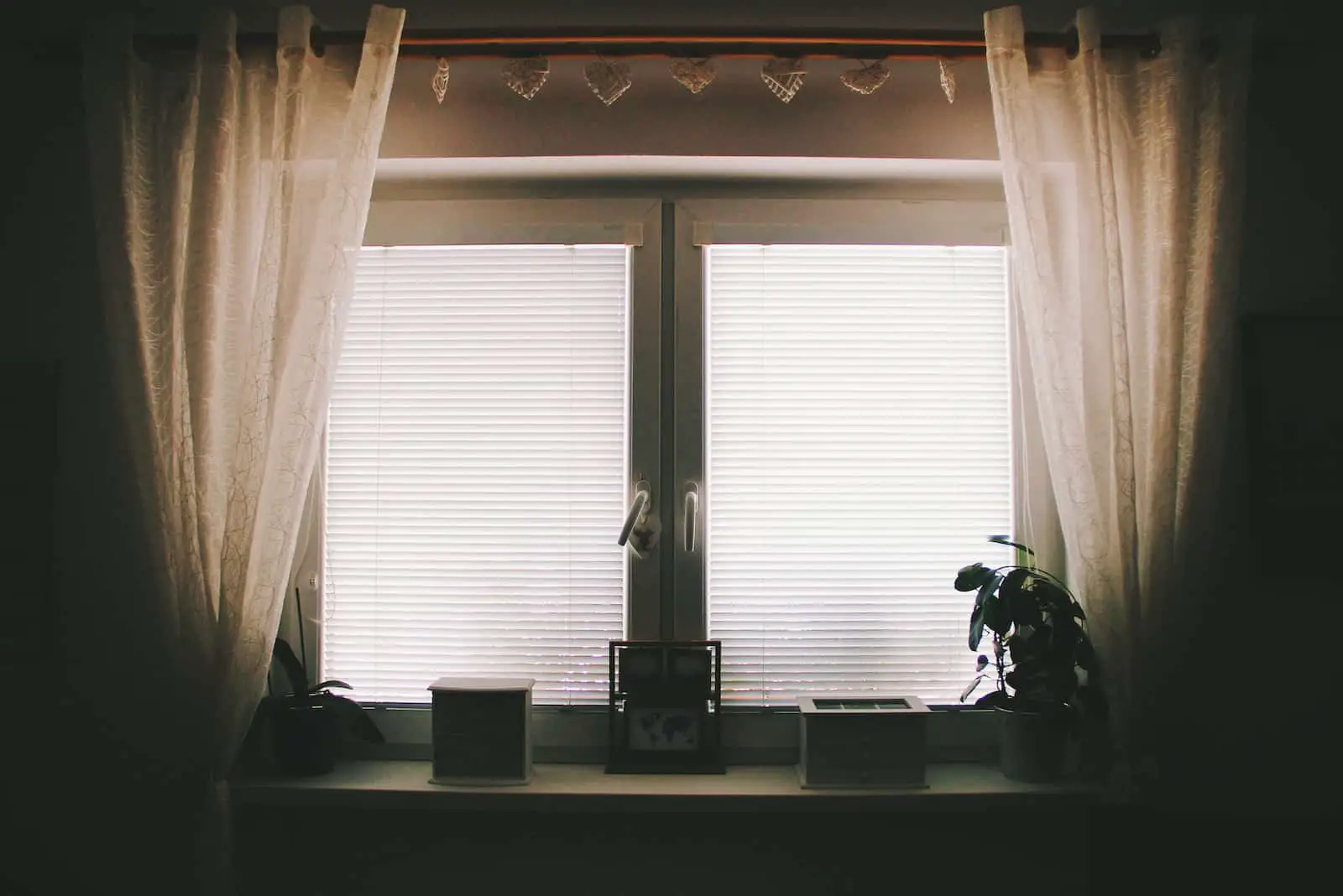Curtains are only as good as the rods that hold them up – Curtain rods are the essential hardware that support your curtains and create different effects and looks for your window treatments. But with so many options available on the market, how do you choose the right curtain rod for your home? In this post, we’ll explore some of the different types of curtain rods and how to use them.
What Are Curtain Rods and How to Use Them
A curtain rod is a metal or wood pole that hangs above your window and supports your curtains. Curtain rods can be mounted inside or outside the window frame, depending on your preference and the size and shape of your window. Curtain rods can also have different features and styles, such as finials, brackets, rings, clips or hooks.
To use a curtain rod, you need to measure your window and decide how you want to hang your curtains: inside or outside the frame. You also need to consider the length of your curtains: do you want them to touch the floor, hang above the floor or pool on the floor? Then, you need to choose a curtain rod that fits your window size and shape, matches your decor style and supports the weight and type of your curtains. Finally, you need to install the curtain rod according to the manufacturer’s instructions and hang your curtains on it.

Different Types of Curtain Rods
Here are some of the different types of curtain rods and their uses:
- Decorative Single Rods: These are the most common type of curtain rods that are used for any window in your home as well as sliding doors. They are available in countless styles, sizes and finishes, and are usually extendable to fit a range of window sizes. They are designed to be seen and have decorative finials on either end of the rod that add an extra touch of style. Finials are removable and come in many shapes and sizes, from sleek cylinders to ornate pineapples. They also help keep the curtain panels in place and prevent them from sliding off the rod. Decorative single rods are made of various materials, such as wood, brass, iron or brushed nickel.
- Decorative Double Rods: These are similar to decorative single rods, except that they have two rods that allow you to layer two types of window treatments on one window. For example, you can use a sheer curtain on the inner rod and a heavier curtain on the outer rod for more light control and privacy. Or you can use a valance on the outer rod and a panel on the inner rod for more coverage and style. Decorative double rods also have decorative finials on both ends of both rods that match or complement each other.
- Concealed Rods: These are rods that are hidden behind the curtain header or valance and are not meant to be seen. They are attached to the wall or ceiling with brackets that are also concealed by the curtain fabric. Concealed rods can be used for any type of curtain that does not require visible hardware, such as rod pocket curtains or tab top curtains. Concealed rods can also include sash rods, tension rods, pocket rods and wrap around rods. Sash rods are thin rods that fit inside narrow windows or doors. Tension rods are spring-loaded rods that fit snugly inside the window frame without any hardware. Pocket rods are flat rods that slide into a pocket sewn into the curtain header. Wrap around rods are curved rods that wrap around the corners of the window to block out light and noise.
- Traverse Rods: These are rods that have clips or carriers that slide along a hidden track inside the rod. They allow you to easily open and close your curtains with a cord or wand without touching the fabric. Traverse rods can be decorative or concealed, depending on whether you want to see the rod or not. They are ideal for pinch pleated curtains or any type of curtain that requires smooth movement and adjustment.
- Tension Rods: These are simple rods that have a spring mechanism and rubber-tipped ends that hold them in place without any hardware. They are adjustable in length and fit snugly inside the window frame. They are best suited for small windows or half windows, such as those above the kitchen sink or in bathrooms. They are also easy to install and take down without any tools or damage to the walls. They can be used for lightweight curtains such as cafe curtains or tier curtains.
- Cafe Curtain Rods: These are short rods that are used for small windows or half windows, such as those above the kitchen sink or in bathrooms. They are usually mounted outside the window frame and have decorative finials on both ends. They can be used for lightweight curtains such as cafe curtains or tier curtains that cover only the lower part of the window.

FAQs About Curtain Rods
Here are some frequently asked questions about curtain rods:
- How do I measure for curtain rods? To measure curtain rods, you need to measure the width and length of your window and decide how you want to hang your curtains: inside or outside the frame. For the inside mount option, measure the width of the window opening from edge to edge. For the outside mount option, measure the width of the area you want to cover, adding some extra inches on each side for better coverage and light control. You also need to consider the length of your curtains: do you want them to touch the floor, hang above the floor or pool on the floor? Then, choose a curtain rod size that fits your window size and shape, and matches your decor style.
- How do I install curtain rods? To install curtain rods, you need to follow the manufacturer’s instructions that come with your curtain rod. Generally, you will need a drill, a level, a tape measure, a pencil and some screws and anchors. First, mark the position of the brackets on the wall or window frame using a level and a pencil. Then, drill holes on the marked spots and insert the anchors. Next, attach the brackets to the wall or window frame using the screws. Finally, slide your curtains onto the rod and place the rod on the brackets.
- How do I choose curtain rods for my room? To choose curtain rods for your room, you should consider several factors, such as:
- The type and style of your curtains: You should choose a type of curtain rod that fits your curtain header and matches your decor style. For example, if you have pinch pleated curtains, you might want to go for decorative or traverse rods that create a formal and elegant look. If you have a grommet or tab top curtains, you might want to go for decorative or concealed rods that add some contrast and interest.
- The weight and type of your curtains: You should choose a type of curtain rod that can support the weight and type of your curtains. For example, if you have heavy or thick curtains, you might want to go for metal rods that can withstand the weight. If you have light or sheer curtains, you might want to go for wood or plastic rods that can add some warmth and texture.
- The size and shape of your window: You should choose a type of curtain rod that fits your window size and shape. For example, if you have a small or narrow window, you might want to go for tension or cafe rods that fit snugly inside the window frame. If you have a large or wide window, you might want to go for decorative or double rods that extend beyond the window frame.
Wrap Up
Curtain rods are an essential part of your window treatment. They support your curtains and create different effects and looks for your window treatments. But choosing the right curtain rod for your home can be tricky, as there are many options available on the market. To help you find the right curtain rod for your home, we explored some of the different types of curtain rods and how to use them.
Dale is the colorful mind behind HuetifulHomes.com, where he shows you how to create a home that is as fun and fabulous as you are. He has a passion for color and a knack for DIY, with years of interior design experience he shares his tips and tricks on how to create a home that reflects your personality and style. He believes that color is the key to happiness, and he wants to help you make your home more Huetiful.


